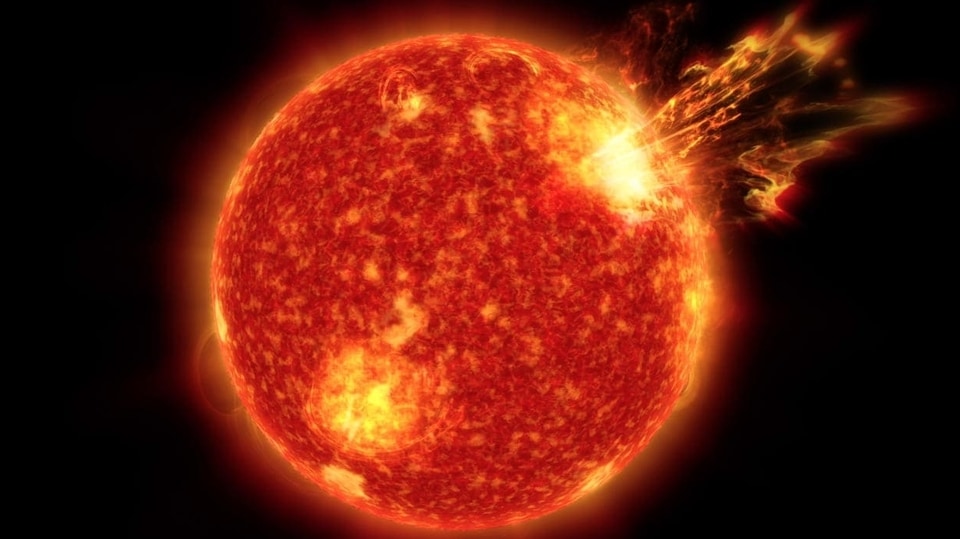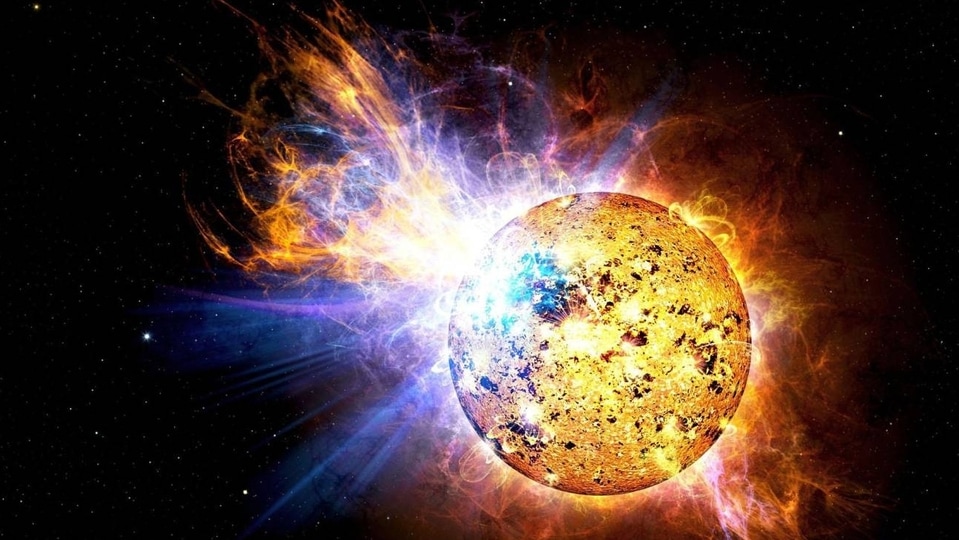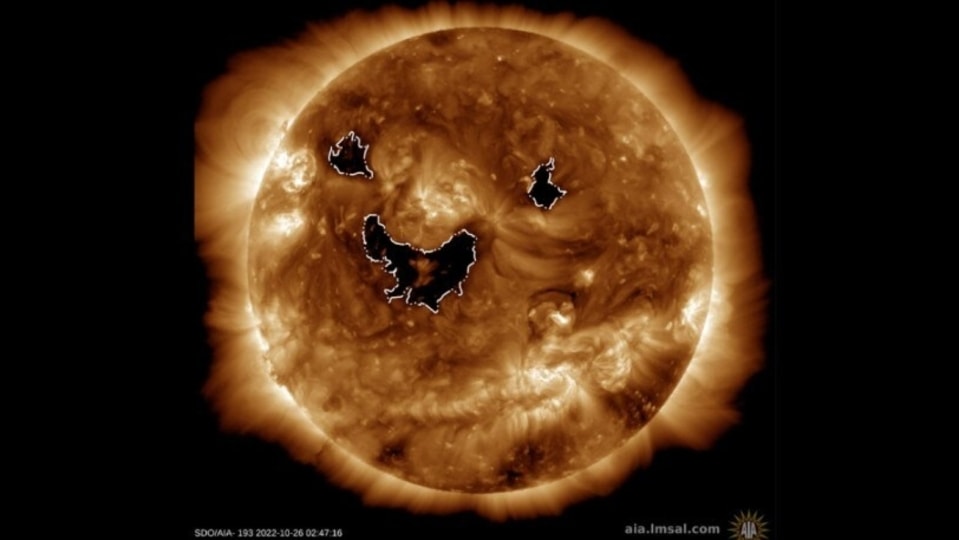Horrifying solar storm sparked Geomagnetic storm! Red streak seen over Danish skies
The terrifying solar storm which hit Earth on March 23 not only sparked a geomagnetic storm, but also caused a red streak of light to appear in the night sky.

_1658567219974_1658567228615_1658567228615.jpg)





 View all Images
View all ImagesA menacing cloud of coronal mass ejection, erupting from a sunspot that was 20 times wider than Earth, struck our planet on March 23 and unleashed a horrifying solar storm that caught everyone off guard. Exploiting cracks in Earth's magnetic field due to the vernal equinox, this horrifying solar storm resulted in a very dangerous G4 Geomagnetic storm which caused radio communication shutdowns, GPS malfunctions, auroras and even a rare phenomenon known as STEVE. Experts later revealed that this geomagnetic storm was the most devastating one to hit Earth in nearly 6 years.
The storm caused another effect, one which would have easily been mistaken for an aurora, but it wasn't one. When the storm hit, a hazy red streak of light was seen across the sky in parts of Scandinavia. It was visible across the night sky, most prominently in Denmark. It was captured by astrophotographer Ruslan Merzlyakov in the Mons Klint region on March 23.
Experts later revealed that the phenomenon was Stable Auroral Red arcs or SARs. Despite its name, it is not actually an aurora.
What are SARs?
According to spaceweather.com, whereas auroras are the result of charged particles descending from outer space, SARs have a distinct origin. They signal the leakage of thermal energy into the upper atmosphere from Earth's ring current system. Only oxygen is heated up during a SAR, causing it to radiate a consistent hue of red every time.
Although SARs are a common phenomenon, they are usually invisible to humans due to being in the wavelength which cannot be seen by our eyes and are only seen when a strong solar storm hits and weakens the Earth's magnetic field.
Solar observation tech
While many space agencies from NASA with its Solar Dynamics Observatory (SDO) to National Oceanic and Atmospheric Administration (NOAA) keep track of Sun-based weather phenomena, one that particularly stands out is the DSCOVR satellite by NOAA. The satellite became operational in 2016 and tracks different measurements of the Sun and its atmosphere including temperature, speed, density, degree of orientation and frequency of the solar particles. The recovered data is then run through the Space Weather Prediction Center and the final analysis is prepared.
Catch all the Latest Tech News, Mobile News, Laptop News, Gaming news, Wearables News , How To News, also keep up with us on Whatsapp channel,Twitter, Facebook, Google News, and Instagram. For our latest videos, subscribe to our YouTube channel.





























